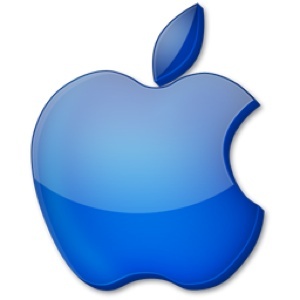The storage industry continues to evolve and the flash-based array market – including all-flash arrays (AFAs) and hybrid flash arrays (HFAs) – is showing explosive growth. According to new research from International Data Corporation (IDC.com), the emergence of more robust offerings that can handle a wide range of increasingly complex workloads helped drive the worldwide flash-based array market to US$11.3 billion in 2014.
The impact that flash-based arrays will have on the datacenter is undeniable as more flash-based platforms are delivering enterprise-class data services, including snapshots, clones, encryption, replication, and quality of service (QoS) as well as storage efficiency features. Once dominated by storage startups looking to carve out a niche with flash-optimized solutions, the promise of flash in the datacenter is driving traditional enterprise storage vendors, such as Dell, EMC, HDS, HP, IBM, NetApp and Oracle, to all get on board and offer flash-optimized HFAs, and in some cases AFAs.
“Vendors are aggressively flash optimizing their offerings to provide improved performance, longer endurance, higher reliability, and a lower effective cost per gigabyte,” says Eric Burgener, research director, Storage Systems, IDC. “The most successful vendors will be those that can make a smooth transition from the traditional, dedicated application model to mixed workload consolidation.”
Additional findings from IDC’s research include the following:
° Start-up revenue leaders in the flash-based array space include Nimble Storage (an HFA supplier), Pure Storage, and SolidFire.
° The worldwide HFA and AFA segments will reach $10.0 billion and $1.3 billion, respectively, in 2014.
° To be successful, flash-based array vendors must have a flash-optimized platform that offers in-line compression and de-duplication as well as other enterprise-class data services.
° End users should strongly consider flash-based arrays when retiring existing enterprise storage platforms.



